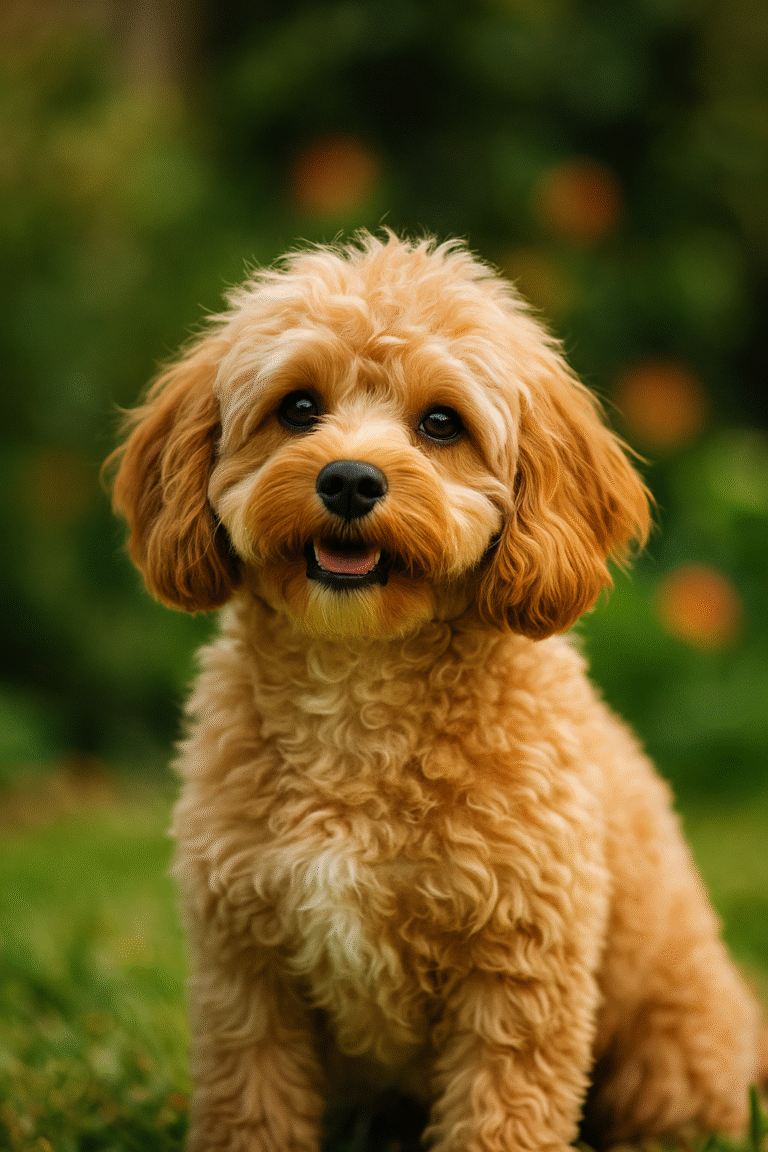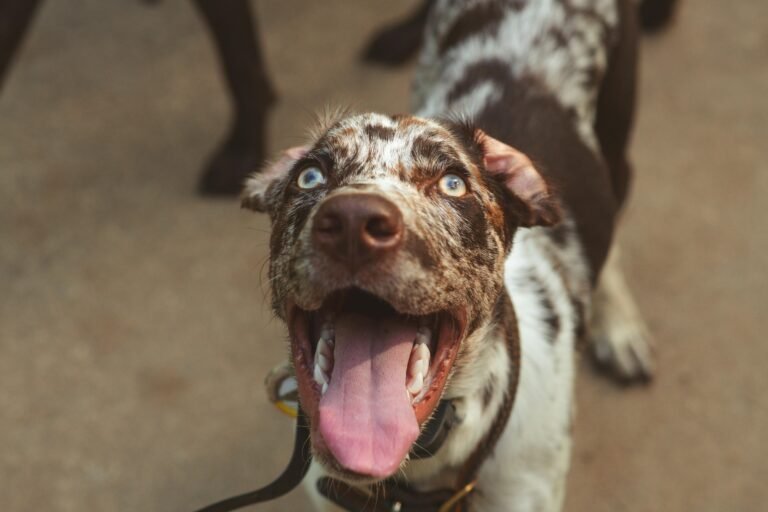Introduction
The Mudhol Hound, also known as the Caravan Hound, is one of India’s most iconic native breeds. Sleek, athletic, and built for endurance, this sighthound has been prized for centuries by hunters, farmers, and nomadic groups for its ability to chase down prey across rugged terrain. While it remains relatively unknown outside South Asia, the Mudhol Hound is celebrated in India as a national treasure and even honored on postage stamps. This article explores the breed’s origins, appearance, temperament, and lifestyle needs, showcasing why the Mudhol Hound is a remarkable representative of Asia’s sighthound heritage.
Breed Origins
The Mudhol Hound hails from the Deccan Plateau region of Karnataka, India. Its name comes from the town of Mudhol, where breeding and refinement of the hound became most prominent. Historically, nomadic tribes and local rulers prized the Mudhol for hunting hare, deer, and even blackbuck, relying on its speed, stamina, and keen eyesight. The breed also traveled with caravans—hence the alternative name “Caravan Hound”—guarding people and property during long journeys. British colonial officers admired the breed, introducing it to Europe in the 19th and 20th centuries, though it never gained widespread international recognition.
Appearance
The Mudhol Hound is an elegant, medium-to-large sighthound with a distinctive, streamlined build. Key features include:
- Height: 24–28 inches at the shoulder
- Weight: 45–65 pounds
- Coat: Short, smooth, and close to the body, offering minimal protection but easy care
- Colors: Fawn, cream, fallow, black, brindle, or a mix with white markings
- Head: Long and narrow with a tapering muzzle, reminiscent of the Saluki
- Tail: Long, curved, and carried low, aiding balance during high-speed pursuits
The overall impression is one of speed and stamina—a breed designed for function over ornamentation.
Temperament and Personality
The Mudhol Hound is a classic sighthound in temperament—independent, observant, and deeply loyal to its family. Personality traits include:
- Reserved with Strangers: They can be aloof or cautious around unfamiliar people.
- Deeply Loyal: Once bonded, they are devoted and affectionate with their families.
- Independent Thinkers: They may prefer making their own choices, especially when outdoors.
- Quiet and Dignified: Not typically barky, they watch calmly until action is needed.
- Prey Drive: Strong instinct to chase moving animals, which requires careful management in urban settings.
Exercise and Activity Needs
Bred for stamina in hot climates, the Mudhol Hound needs consistent exercise and opportunities to stretch its legs:
- Daily exercise of 60–90 minutes, including brisk walks or jogs
- Safe, enclosed spaces for sprinting to satisfy their sighthound instincts
- Activities like lure coursing, running alongside bicycles, or free play in large secure areas
- A calm indoor environment afterward—they enjoy lounging once their exercise needs are met
This breed is not well-suited to sedentary households, as lack of activity can lead to restlessness and destructive behavior.
Training and Intelligence
Mudhol Hounds are intelligent but independent. Training them requires patience and creativity. Key training tips:
- Focus on positive reinforcement—harsh methods will backfire with their sensitive nature.
- Begin socialization early to build confidence in different environments.
- Keep sessions short and interesting to avoid boredom.
- Emphasize recall training early, as their chase drive can override obedience outdoors.
While they may not excel at repetitive obedience, they can thrive in sports like agility and lure coursing where speed and instincts shine.
Grooming and Maintenance
The Mudhol Hound’s short, fine coat is extremely easy to care for:
- Weekly brushing to remove loose hair
- Bathing only as needed—usually after outdoor adventures
- Routine ear cleaning, dental care, and nail trimming
Shedding is light to moderate, making them one of the lower-maintenance breeds in terms of grooming.
Health Considerations
The Mudhol Hound is generally a hardy breed, adapted to the hot, dry climate of its native region. Average lifespan is 12–14 years. Potential health concerns include:
- Hip dysplasia
- Bloat (gastric torsion)
- Eye conditions, though less common
Overall, their natural development as a working breed means they are relatively free of exaggerated health problems seen in some modern dogs.
Family Compatibility
With proper socialization, Mudhol Hounds can make devoted family companions. They are gentle with children but, due to their size and speed, supervision is important with small kids. They coexist well with other dogs, especially of similar size, but their strong prey drive makes them less reliable around cats or small pets. They do best in homes with secure outdoor spaces and families that enjoy an active lifestyle.
Who Should Consider a Mudhol Hound?
This breed is best for owners who:
- Lead active lives and enjoy outdoor activities
- Have secure yards or access to open spaces for exercise
- Appreciate independent, dignified breeds that bond deeply but aren’t clingy
- Are patient and consistent with training, understanding sighthound instincts
Conclusion
The Mudhol Hound is more than just a dog—it’s a living piece of India’s cultural history. Sleek, resilient, and noble, it embodies centuries of service to hunters, nomads, and families across the subcontinent. While not ideal for every household, it thrives with active owners who respect its independence and provide outlets for its energy. For those willing to embrace its unique temperament, the Mudhol Hound offers not only elegance and endurance but also unwavering loyalty and companionship.






